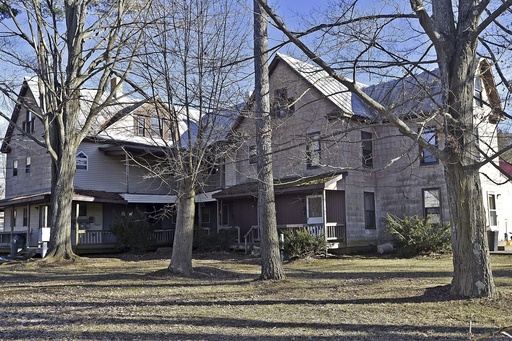Maternity homes have experienced a resurgence following the Supreme Court’s overturning of Roe v. Wade two years ago. These transitional housing facilities are being opened or expanded across the country, mainly by Christian anti-abortion advocates who view them as crucial in supporting women who choose to continue their pregnancies.
Unlike emergency shelters, maternity homes offer longer-term housing and comprehensive services for pregnant women, sometimes extending well beyond the birth for months or even years. Many of these facilities have a religious foundation, with Catholic or evangelical affiliations.
The history of American maternity homes is intertwined with a complex past filled with trauma, secrecy, and shame. Before the legalization of abortion in Roe v. Wade, unwed pregnant women and girls were often sent to maternity homes where they were pressured to give up their babies for adoption.
Originating in 1883, the first Florence Crittenton home in New York aimed to reform unmarried pregnant women by encouraging them to keep their children. However, by the mid-20th century, these homes shifted towards placing most babies with adoptive families.
During the “Baby Scoop Era” between the end of World War II and 1973, over 1.5 million American infants were relinquished for adoption. Maternity homes became places where pregnant women concealed their pregnancies, often feeling isolated and ill-informed about childbirth and their rights.
Former maternity home residents, such as Karen Wilson-Buterbaugh, recounted their emotional experiences, including being separated from their infants shortly after birth. Many residents, particularly white and middle-class, spent time in these homes behind aliases with limited contact with their families.
Some maternity homes had religious affiliations, which compounded the shame many women felt. Accounts of mistreatment by religious figures and staff were not uncommon, adding to the trauma experienced by residents.
Former maternity home residents continue to grapple with the lasting impact of their experiences, with emotional scars often lasting a lifetime. Many have joined advocacy efforts to reform the adoption industry and push for the unsealing of adoption records in certain states.
Similar patterns were observed in other Anglophone countries such as Canada, the UK, Ireland, New Zealand, and Australia, where forced adoptions and mistreatment in mother-and-baby homes have led to national reckonings and official apologies for past wrongs.
Overall, the history and legacy of maternity homes are marked by a complex interplay of societal attitudes, religious influences, and lasting emotional consequences for those who resided in these facilities.
